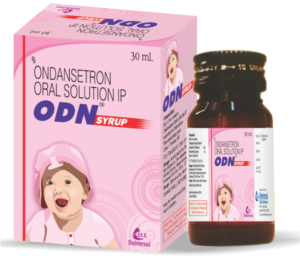
If your Mac keeps running slowly There are a variety of options to address the issue. First, you can start the Activity Monitor to look the memory utilization issues. Click Quit to select the issue you’re experiencing. You can click Quit if the process takes more than the memory available. Alternately, you could utilize the System Memory tab to check whether there are other unresponsive processes that are running within your Mac.
The CPU is another possible factor that could cause slowness in your Mac. If you’re running a program which is making use of CPU, it’s best to stop it. Open Activity Monitor then click the “X” button that is located under the speed my mac icons. It is possible to use Google to find applications that consume the most CPU power but you don’t know which ones. It should allow you to see which apps can slow down your Mac’s performance.
In the event that your HDD is full the drive can also trigger the Mac to slow down. The operating system can run slow if there are too many programs. Try deleting files that you don’t use or moving them to a different drive. If you’re unsure of which is the issue Try opening your Activity Monitor and looking at the list of all the processes operating on your Mac. A few errors should be apparent – they are an indication that the Mac has too many running simultaneously.